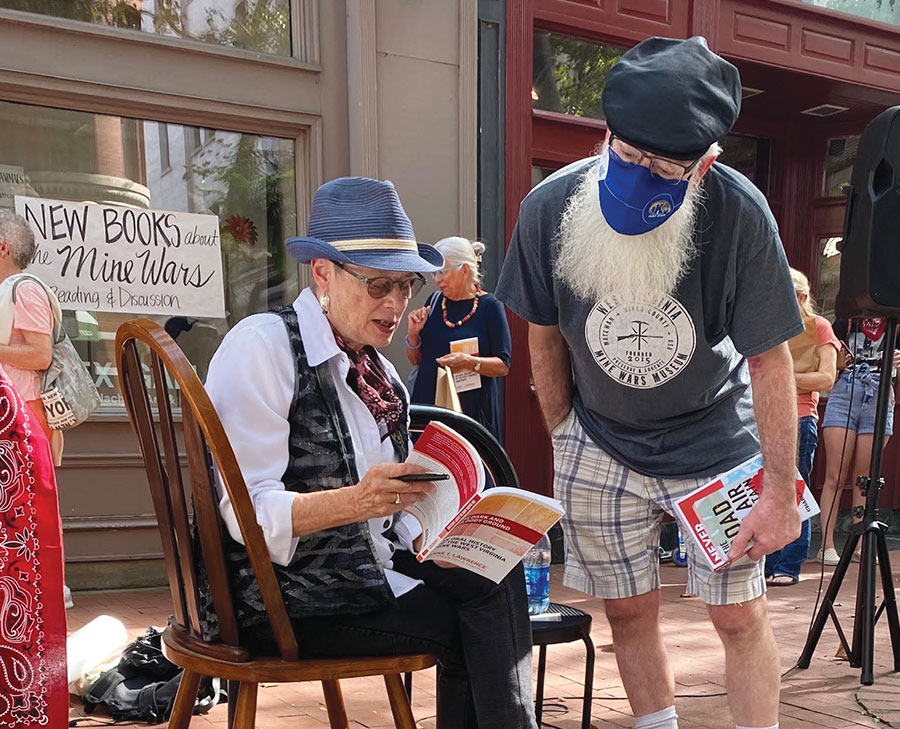
Mine Wars
How good listening skills helped craft a book 50 years in the making
Anne T. Lawrence ’74
Hooked on Humanities
“I had a small car, a Toyota Corona, I had a portable tape recorder, and I had little cassette tapes,” says Lawrence, who took a leave from Swarthmore and her studies in history and sociology to “set about tracking down mostly elderly people who had participated themselves or had family members or friends who participated in several key historical events that had taken place in the 1920s and 1930s.”
Nearly 50 years after Lawrence started that journey, her interviews — which originally appeared in a National Endowment for the Humanities project report — have been published in a new book from West Virginia University Press, On Dark and Bloody Ground: An Oral History of the West Virginia Mine Wars. Many interviews focus on the 1921 Battle of Blair Mountain, an armed conflict between an estimated 10,000 coal miners and supporters against a coalition of law enforcement officers, mine guards, and citizens. The battle ended when President Warren G. Harding called in Army troops.
“The union was crushed in 1921 and was not able to successfully organize southern West Virginia until 1933, when New Deal labor legislation was passed,” says Lawrence. “There’s an arc in the book from a defeat to a victory 12 years later.”
Lawrence, who retired as a professor of business at San José State University in California, recalls how she built trust with sources as a Swarthmore student.
“I am a small person, just 5 feet tall, and I don’t think I looked very threatening,” she says. “I was a good listener, and I would just sit with people. I was a smoker at the time, and I would offer my interview subjects a cigarette. We would often sit on the porch and smoke together.”
“I encountered a lot of evangelical Christianity in the area,” she adds. “I was sitting on one woman’s porch and she said, ‘Dear, have you been saved?’ I didn’t know what that meant. I said, ‘Saved?’’
And she said, ‘Yes, dear, have you accepted Jesus Christ as your personal savior?’ I didn’t know what to say. I paused for a very long time, and I said, ‘Well, I’m a Quaker,’ which I was.
“She said, ‘We all quake before the Lord.’ And she started telling her story.”